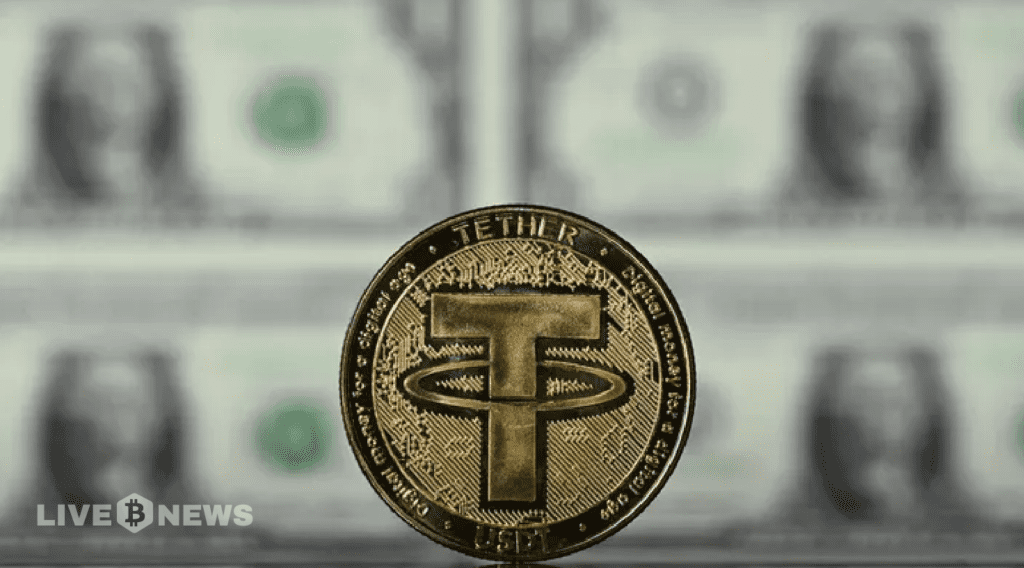- Tether has given up on building and deploying its own blockchain network.
- USDT is finding significant usage on existing chains, leaving the company happy with how its stablecoin is being used.
Tether, the company behind the most widely used stablecoin USDT, has pulled the plug on plans to launch its own blockchain. The company cited an oversaturated market as the reason for its decision not to roll out the network.
The stablecoin issuer’s CEO, Paolo Ardoino, told Bloomberg that the project was not an option. “We are very good at technology, but I think blockchains will almost become a commodity in the future,” he said. He believes that rolling out another network “maybe isn’t the right move” when “very good blockchains” already exist.
USDT’s $117 billion market cap speaks for itself, noted Ardoino, who said the company is content to be blockchain agnostic. The stablecoin runs on many blockchains, including layer-1 chains like Ethereum and Tron, as well as many layer-2 chains, and leverages their technology to allow users to transact between them. Tron alone powers about 49% of the USDT in circulation, helping a significant number of users meet their transaction and remittance needs. Ardoino maintained that Tether is fine with its stablecoin being used on other blockchains as long as it “has the highest level of security and sustainability.”
USDT is already massively used on popular blockchains
With hundreds of blockchains in existence, only a handful of them are in significant use. The blockchain conversation currently revolves around interoperability, high throughput, and low fees. Those that offer these features are home to the largest user base. The exception to this is Ethereum due to its first-mover advantage. USDT effectively leverages these chains. These considerations have prevented Tether from deploying another blockchain, especially when its stablecoin sees significant usage on existing decentralized ledgers.
Ardoino also said his company views blockchains as “transport layers” for its core offering. To that end, it recently integrated the USDT stablecoin with the Aptos blockchain, a highly scalable network that allows users to transact at extremely low fees. Such integrations are consistent with Ardoino’s talk of blockchains as transport layers for the stablecoin as the issuer expands to networks that fit its use cases.

